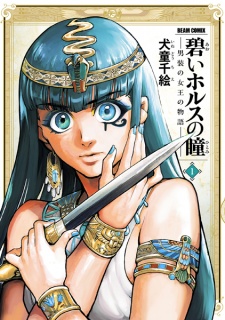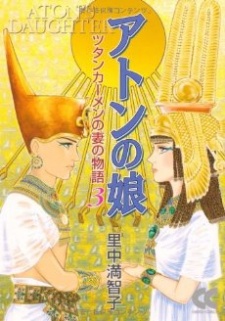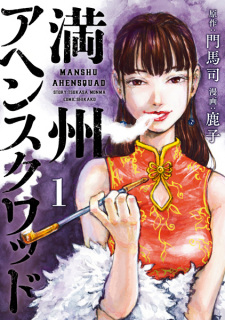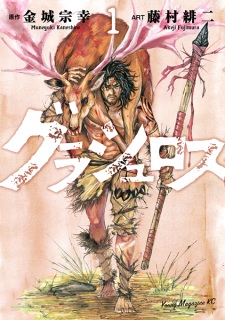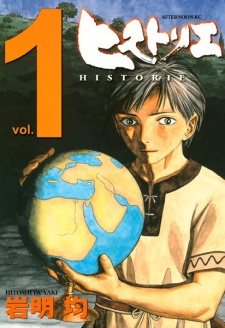Feb 12, 2018
Aoi Horus no Hitomi is what could be called a hidden gem. I am lucky enough to live in a country where this manga is licensed, and it is with pleasure that I was able to hold it in my hands. Tribute to all the people who cry on untranslated scans, nonetheless.
The plot is drawn from a true story: the life of Hatshepsut, the queen-pharaoh who ruled Egypt for many years. The author shows how she defended herself against her opponents and against her status as a woman who prevented her from taking full advantage of power and being able to act in politics. Machinations
...
and conflicts follow.
If you are interested in history, especially Ancient Egypt, this manga is for you. This is an opportunity to discover or maybe re-discover a period of history which has become very popular nowadays. This rich and unique culture is always interesting to see from a Japanese point of view. And even if you don't know much about it, you'll have the opportunity to catch up, thanks to postfaces at the end of each volume that explain traditions and details of the ancient Egyptian culture.
As a main character, we have the Queen Hatshepsut. The story begins just after her marriage with her step brother Sethi. Hatshepsut is a character to whom we attach quickly, thanks to her strong personality. She has all the attributes of a strong woman: she is determined, rebellious, intelligent, but nonetheless sensitive and kind. Over the course of the chapters, we can also note an evolution in her character and in her way of opposing her detractors.
Then, the fact that Hatshepsut constantly changes her way of dealing with her opponents can quickly become confusing. Sometimes she obeys, sometimes she rebels: it's as if she herself were not sure of what she was doing.
As a small detail that may bother, we can also point out that Hatchepsout is as pale as a corpse when she is supposed to be Egyptian. The skin color of the other characters is nevertheless respected. We can conclude that this is due to the fact that it was designed to match the Japanese beauty criteria of being as pale as possible. However, those who want a representation faithful to the original risk being disappointed, or even outraged.
Interesting choice of the author: the sexism is a subject very put forward. Hatshepsut fights against a society where power is essentially masculine, and seeks to show that she is just as capable of acting in politics as a man. In a time that used to be very mysogynous, seeing a queen fight for women rights is enjoyable to see.
If I forget the few negatives points, I personally enjoyed Aoi Horus no Hitomi. Despite her flaws, Hatshepsut is a very endearing character. In addition, the story is highlighted by the beauty of the mangaka's drawings who succeeds in retranscribing the beauty of fashion and places of the time. Experts on the subject may note some historical inconsistencies, but it is important to remember that the story is obviously strongly romanticized.
As I write this review, I read the first 3 volumes. I look forward to the continuation of this little wonder that was able to revive my passion for this exciting time that is ancient Egypt.
Reviewer’s Rating: 8
What did you think of this review?
Nice
 0
0
Love it
 0
0
Funny
 0
0
Confusing
 0
0
Well-written
 0
0
Creative
 0
0Show all
